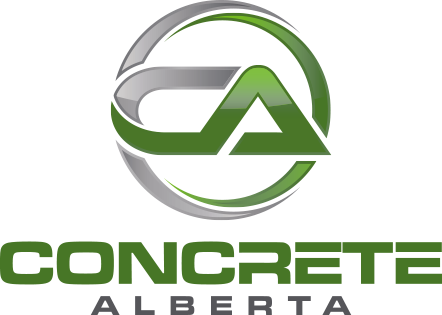Cold Weather Concrete Reminders
As Winter slowly creeps up on us, the increase in the number of freeze-thaw cycles and the frequency of deicing chemicals used on the roads can lead to scaling of concrete surfaces. To minimize the risk potential for associated surface defects:
-
Use air-entrained, low water/cement ratio concrete
-
Avoid finishing tools and practices that reduce or eliminate the entrained air voids in the wearing surface layer
-
Provide appropriate and sufficient curing for the concrete
-
Avoid late season concrete placement where concrete can experience freezing conditions. and...
-
Avoid exposure of concrete surfaces to de-icing chemicals during the first season
The National Ready Mixed Concrete Association (NRMCA) defines scaling as local flaking or peeling of a finished surface of hardened concrete as a result of exposure to freezing and thawing. Scaling will normally begin as a small area but can expand to cover large areas.
Although it is likely that scaling will never be eliminated due to the many variables that contribute to it, the Portland Cement Association (PCA), Cement Association of Canada (CAC), NRMCA and American Concrete Institution (ACI) International have developed the following guidelines to help minimize scaling.
1. Use an air-entrained, low water/cement ratio (0.45 or less w/c), as delivered.
The Alberta Building Code requires a C2 exposure for driveways and garage floors.
This translates to a compressive strength of 32 MPa at 28 days or 30 MPa where concrete made with local aggregates does not achieve 32MPa.
Maximum 0.45 water/cementing materials ratio.
5 to 8% air content and a target slump of 80 mm.
Concrete Alberta recommends Duramix®: Minimum Cement Content 300kg./m³
Maximum water/cement ratio: 0.45
Air content: 5 to 8%
Slump: 80 + 30 mm
2. Avoid finishing practices that reduce or eliminate the entrained air voids in the wearing surface layer.
Delay finishing until all bleed water has risen to, and disappeared from the surface.
3. Provide adequate curing for the concrete:
When placing concrete after September 15th the use of curing compounds is not recommended. Proper cold-weather curing procedures should be followed. A high-quality sealer should be applied in the spring.
Placement of concrete pavements after September 30th is not recommended unless proper Cold Weather Concrete procedures are followed. CSA A23.1 recommends that concrete subject to freeze-thaw and de-icing chemicals should be cured for 7 days at 10 degrees C for minimum curing, or the time required to attain 70% of specified 28 day concrete strength.
IF THE AMBIENT TEMPERATURE IS AT OR BELOW 5°C OR WHEN THERE IS A PROBABILITY
OF THE TEMPERATURE FALLING BELOW 5°C WITHIN 24H OF PLACING, CONCRETE MUST BE MAINTAINED AT 10°C FOR A MINIMUM OF 7 DAYS.
4. Avoid late season concrete placement where concrete can experience freezing conditions and /or exposure to de-icing salts before the concrete has reached 32MPa, and/or the slab has had at least 30 days of air drying.
***SPECIAL NOTE***
Do not use de-icing salts in the first year after placing the concrete. Use clean sand for traction. When conditions permit, hose off salt accumulations deposited by vehicles on newly placed driveways, approaches, and garage slabs. Never use ammonium sulphate or ammonium nitrate as a deicer, these are chemically aggressive and destroy concrete surfaces. Following the first year, if deicing compounds are used, Concrete Alberta recommends immediate removal of residue by shoveling or brushing.
For more information on cold weather concrete best practices and recommended steps, check out this guide developed in conjunction with the Canadian Home Builders’ Association - Edmonton Region (CHBA-ER).
